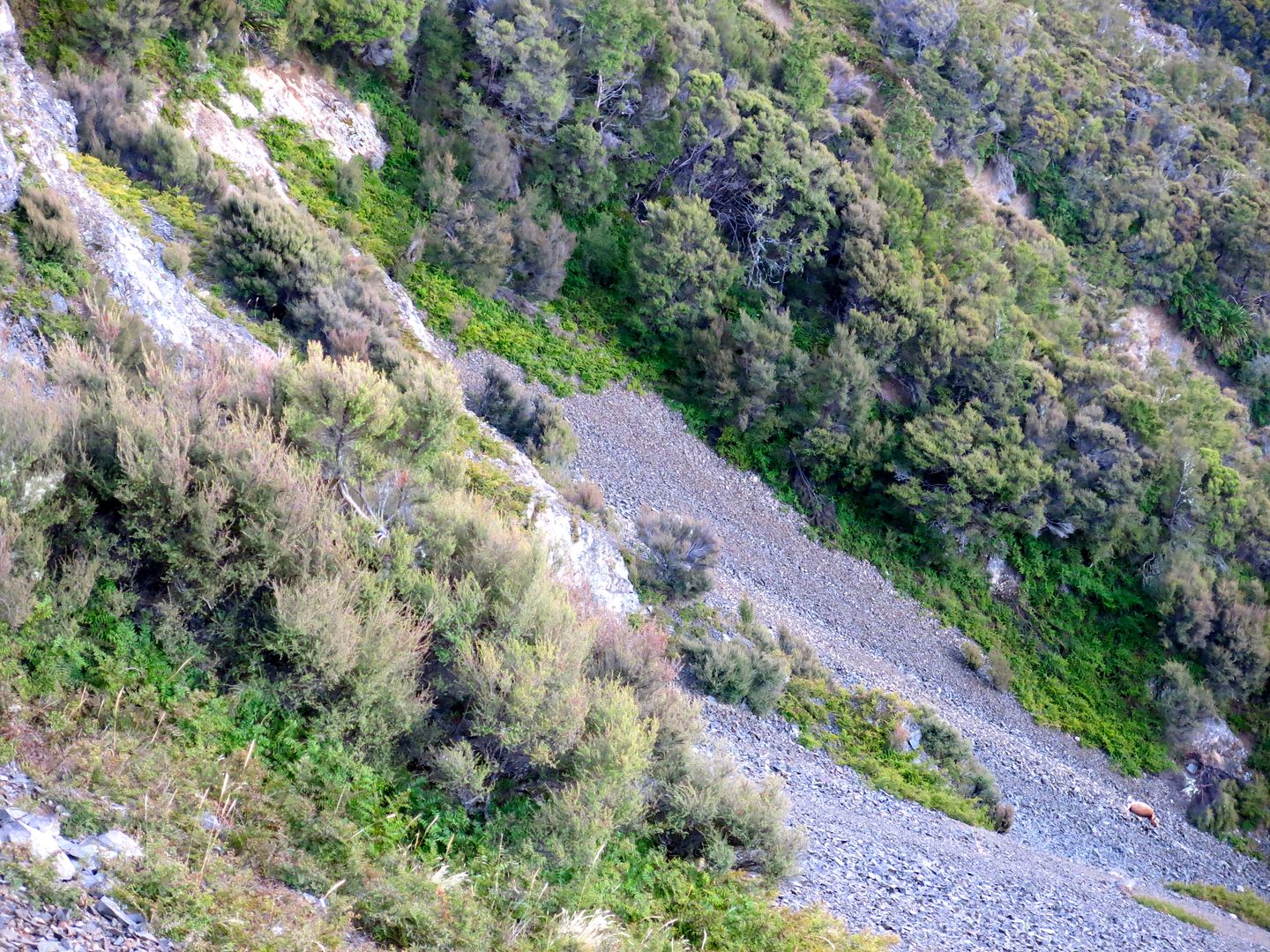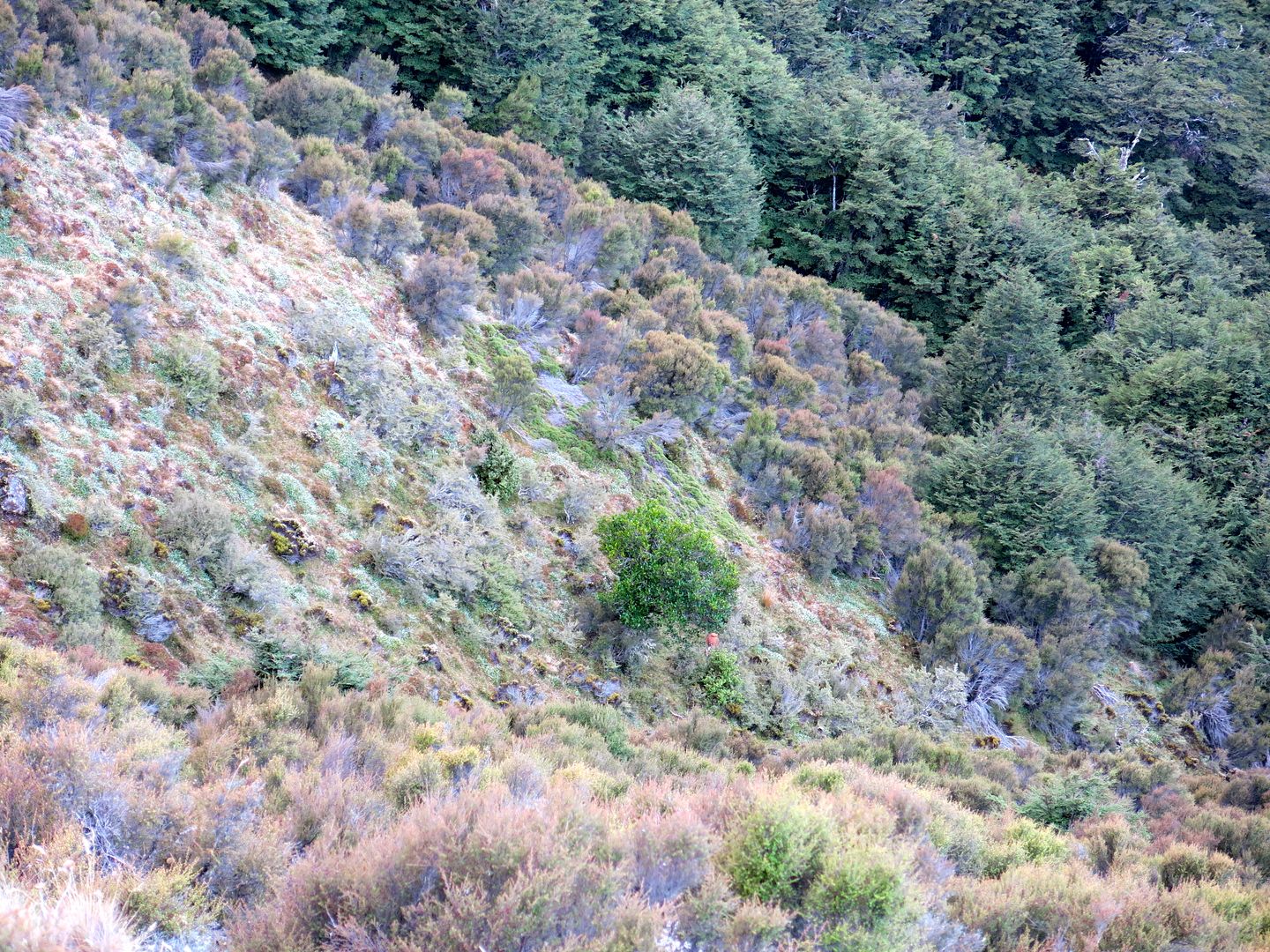Hi there just would like to ask any hints or tips on glassing!
Whenever im glassing open country, untill i see an animal im never sure what size thing im looking for! As silly as it sounds what are your guys tips on using other objects for scale? This is especially for longer distances.
Cheers Lucas
Welcome guest, is this your first visit? Create Account now to join.
Welcome to the NZ Hunting and Shooting Forums.
Search Forums
User Tag List
+ Reply to Thread
Results 1 to 15 of 40
Thread: Glassing tips
-
19-11-2014, 08:28 PM #1Member

- Join Date
- Sep 2013
- Location
- queenstown otago
- Posts
- 22
Glassing tips
-
-
19-11-2014, 08:42 PM #2
I have the same problem.
I have found glassing from right to left works better then left to right, seem to go slower and see more detail.
-
19-11-2014, 08:51 PM #3
I look for color not shape or size, deer stand out like dogs balls with their red coat, especially if the sun is shining off them, its the first thing that always catches my attention.
Never argue with stupid people, they will drag you down to their level and then beat you with experience.
-
19-11-2014, 08:56 PM #4
Always glass the skyline first and keep flicking back to it for a look,animals,people stick out like dogs balls on the skyline.
Once something is seen there you often notice others around it but not on the skyline that you didn't see before.
Hot look in shade,cold look in sun,windy look in shelter.
Look everywhere but concentrate on those bits in those conditions.
morning and evening is best,middel of day you are mostly looking for something bedded down which depending on the terrain can be hard to impossible."Hunting and fishing" fucking over licenced firearms owners since ages ago.
308Win One chambering to rule them all.
-
19-11-2014, 09:02 PM #5Banned

- Join Date
- Nov 2014
- Posts
- 42
So what do you look for when there sitting down in the shade? what if hes looking for Fallow,
Think of these things when glassing as they might help Shape size shine Silloette Sign movement and like 199p said look in the opposite direction you read as it is less familier for your eyes so you will see things in a different way.
Jase
-
19-11-2014, 09:02 PM #6
it always amazes me how they can appear like ghosts, an animal can be in the spot you just glassed seconds earlier.
Never argue with stupid people, they will drag you down to their level and then beat you with experience.
-
19-11-2014, 09:04 PM #7Never argue with stupid people, they will drag you down to their level and then beat you with experience.
-
19-11-2014, 09:12 PM #8Member

- Join Date
- Sep 2013
- Location
- queenstown otago
- Posts
- 22
Thanks everyone, this has been a great help already!
-
19-11-2014, 09:19 PM #9Banned

- Join Date
- Nov 2014
- Posts
- 42
Good luck fulla,once you start seeing animals it will all make sense to you.one other tip that could help mate is when you do spot one keep scanning around were it is looking for other animals especially if there are other clearing's close by as if ones out there kin will be out too, look at the grass or bushes for wind sign to help you shoot or stalk it aswell.
Jase
-
19-11-2014, 09:28 PM #10
You have to ask yourself why things are seen.
Think about size, shape, surface, spacing, shadow (both cast and contained)
Break your ground up into likely areas where your quarry will be.
Scan right to left if you want to slow down as it is opposite to the way we read.
Sent from my SM-G900F using TapatalkDo what ya want! Ya will anyway.
-
19-11-2014, 09:37 PM #11
@7mmsaum has a bloody good set of eyes!
I noticed he stopped often to look around. About 99% more then I did and he was the one who found the deers so I've learnt I need to stop 99% more than I currently do haha
-
19-11-2014, 10:31 PM #12
-
20-11-2014, 06:39 AM #13Member

- Join Date
- Jun 2012
- Location
- lower hutt
- Posts
- 1,049
Trying my luck on sika at the end if tge month anyone have any tips fir glassing them in comparison to reds/fallow?
-
20-11-2014, 07:12 AM #14Member

- Join Date
- Dec 2011
- Location
- NI
- Posts
- 13,465
-
20-11-2014, 08:09 AM #15
Similar Threads
-
Som tips and ideas...
By Tahr in forum HuntingReplies: 25Last Post: 12-06-2014, 08:18 PM -
Tikka T3 Stock Tips
By LJP in forum Firearms, Optics and AccessoriesReplies: 8Last Post: 24-11-2013, 07:45 PM -
HAS ANYONE HUNTED HERE, COULD YOU GIVE ME SOME TIPS
By tomo72 in forum HuntingReplies: 0Last Post: 14-10-2013, 07:01 PM -
Painting tips!
By Tertle in forum Game Bird HuntingReplies: 34Last Post: 22-01-2013, 01:18 PM
Tags for this Thread
Welcome to NZ Hunting and Shooting Forums! We see you're new here, or arn't logged in. Create an account, and Login for full access including our FREE BUY and SELL section Register NOW!!





 54Likes
54Likes LinkBack URL
LinkBack URL About LinkBacks
About LinkBacks



 Reply With Quote
Reply With Quote







Bookmarks